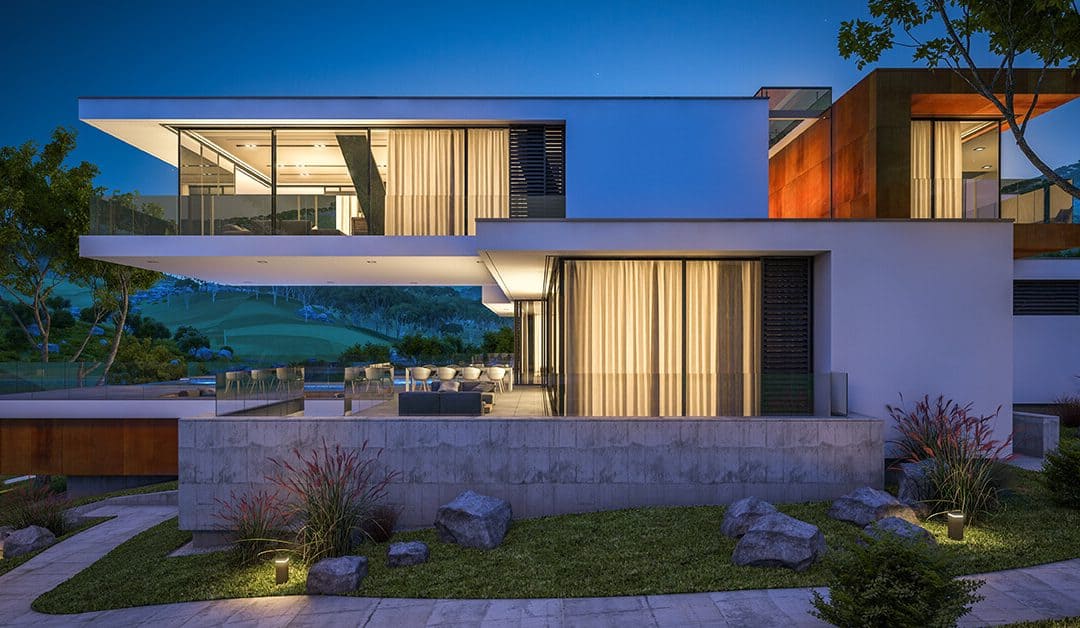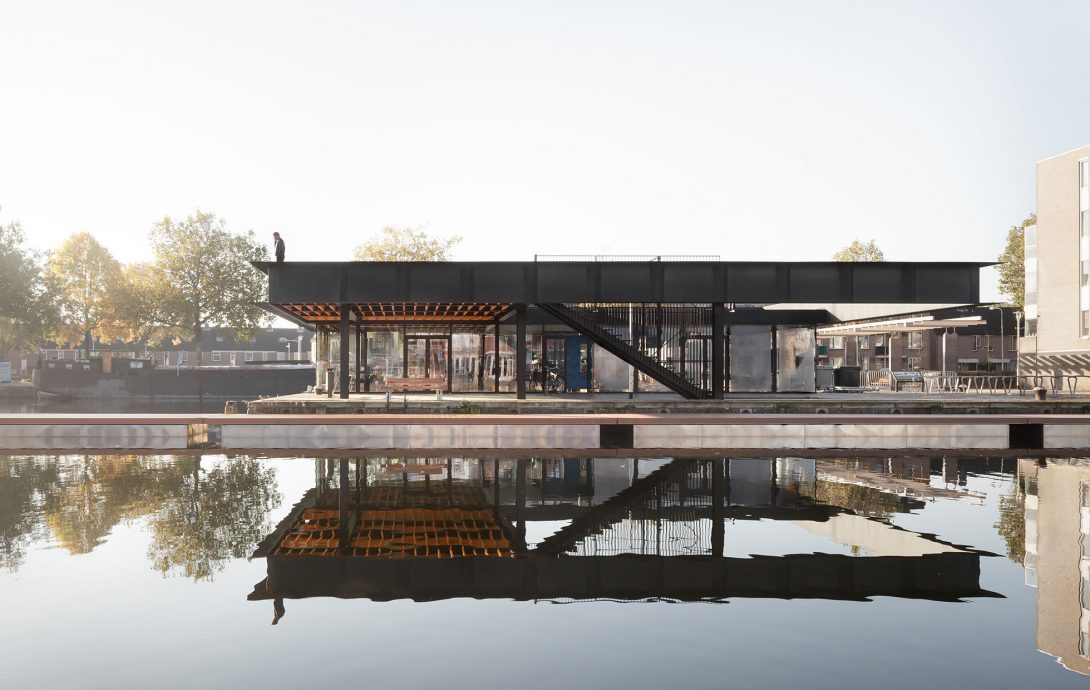What Are The Emerging Trends In Contemporary Architecture?

In the world of architecture, things have remained relatively stagnant over the past few years. However, this is set to change soon with emerging trends that are going to shape the future of architecture. These trends promise to revolutionize the industry and bring in new styles, designs and methods that have never been seen before. Here are some of the emerging trends that are set to change how we approach architecture:
Sustainability
Sustainability has been a hot topic for years, but it is now more important than ever before. With the effects of climate change becoming more apparent with each passing year, architects are now looking for ways to minimize their carbon footprint and reduce their impact on the environment. Sustainability has become a core principle in modern architecture, and it is something that will continue to shape the industry in the future.
Several eco-friendly materials are being used in architecture, including bamboo and other recycled materials. Architects are also investing in building technology that promotes energy efficiency, such as green roofs and solar panels. Sustainability is set to become a must-have feature for all modern buildings, which is great news for the environment and our planet.
Digital architecture
The rise of digital technology is transforming the way we think about architecture. With the help of digital tools, architects can now create more complex designs, simulate different environments, and test out different materials before construction begins. The use of VR and AR technology in architecture is also becoming increasingly popular, allowing designers to get a real feel for a space before it is even built.
The use of digital tools is not only making the design process more efficient but also more accurate. The use of 3D printing is enabling architects to create models of buildings that are accurate to the millimeter, making it easier to communicate their vision to clients and other stakeholders.
Flexible spaces
The traditional office layout is becoming a thing of the past, with many companies now opting for more flexible working spaces. This trend is set to continue in the future, with architects being urged to create spaces that can easily adapt to changing requirements. Flexible spaces promote collaboration, communication and innovation, all of which are essential in the modern business world.
These spaces can be used for a variety of purposes, from coworking spaces to multi-functional conference rooms. The flexibility of the space allows for a variety of uses and users, making it easy to adapt to different needs as the business grows and changes.
Smart homes
The Internet of Things (IoT) has been one of the biggest technological advancements in recent years, and it is now finding its way into our homes. Smart homes are becoming increasingly popular, with homeowners investing in home automation systems that can control everything from temperature to lighting and security.
Architects are starting to incorporate these smart home features into their designs, creating spaces that are not only aesthetically pleasing but also functional. The use of sensors and automation is making homes more efficient and more comfortable, which is why this trend is sure to continue in the years to come.
Adaptive reuse
Adaptive reuse is a trend that has been on the rise in recent years, and it is set to continue in the future. Architects are being tasked with transforming old buildings into new and innovative spaces, breathing new life into structures that would otherwise have been abandoned. This trend is not only good for the environment, but it is also a great way to preserve our architectural heritage.
The adaptive reuse of old buildings can take many forms, from transforming old factories into modern loft spaces to converting old churches into cafes and restaurants. By repurposing these buildings, architects are not only adding value to the community but also creating unique and inspiring spaces that people can enjoy.
Vertical gardens
The use of greenery in architecture is nothing new, but it is now being taken to new heights with the rise in popularity of vertical gardens. These gardens are not only aesthetically pleasing but also have several benefits for the environment and the people who inhabit the space.
Vertical gardens are great for purifying the air, reducing noise pollution, and regulating temperature. They can be used both indoors and outdoors, allowing architects to create stunning living walls that not only look great but also serve a practical purpose.
Modular construction
Modular construction is a trend that has been around for a while but is set to become even more popular in the future. This construction technique involves creating prefabricated units in a factory and then assembling them on site. This approach is not only more efficient and cost-effective, but it also reduces waste and minimizes the impact on the environment.
Modular construction can be used for a variety of structures, from small buildings to entire communities. It is a great way to build affordable housing quickly and efficiently, which is something that is desperately needed in many parts of the world.
Conclusion
The emerging trends in architecture are set to revolutionize the industry, bringing in new styles, designs and methods that have never been seen before. Sustainability, digital architecture, flexible spaces, smart homes, adaptive reuse, vertical gardens, and modular construction are just some of the trends that are set to shape the future of architecture.
These trends promise to make architecture more efficient, functional, and sustainable while also reducing its impact on the environment. They are a reflection of the changing needs of our society, and they are set to transform the way we approach architecture in the years to come.
Frequently Asked Questions
What is digital architecture?
Digital architecture involves using digital tools and processes to create more complex designs, simulate environments, and test out different materials before construction begins. It is a way to make the design process more efficient and accurate.
What is adaptive reuse?
Adaptive reuse involves transforming old buildings into new and innovative spaces, breathing new life into structures that would otherwise have been abandoned. It is a way to preserve our architectural heritage while also creating unique and inspiring spaces.
What are vertical gardens?
Vertical gardens, also known as living walls, are structures that contain plants and soil in a vertical orientation. They are a great way to add greenery to a space while also providing several benefits for the environment and the people who inhabit the space.




Post a Comment for "What Are The Emerging Trends In Contemporary Architecture?"